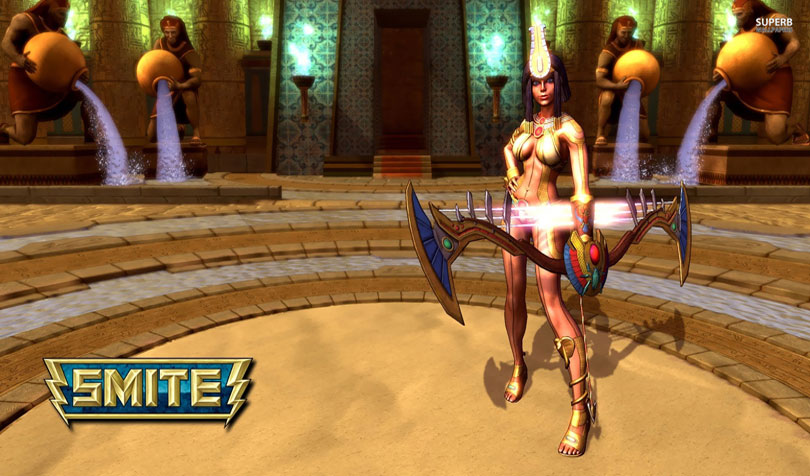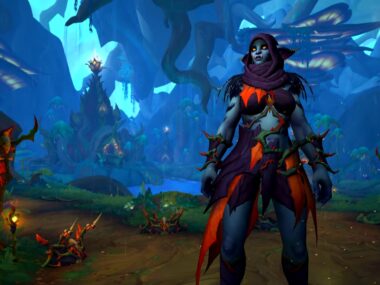I’ll admit I was wrong. When rumors spread that EA wanted 100 million players at launch for Battlefield 6, nobody, including me, thought it was possible. The series had never come close to those numbers. It sounded like marketing bravado, the kind of empty corporate optimism that usually ends in damage control.
Then it happened. After its release on October 10, 2025, Battlefield 6 recorded over 172 million online matches during its launch weekend and nearly seven million copies sold within three days, making it the biggest debut in the franchise’s history. Add to that 15 million hours of gameplay watched across streaming platforms, and it’s clear the target wasn’t just reached; it was blown past.
Even EA’s leadership seemed caught off guard, thanking both the global Battlefield Studios team and the players for turning what sounded like an impossible milestone into reality.
The Blueprint Behind the Breakthrough
The game’s success didn’t come out of nowhere. EA approached Battlefield 6 like a franchise relaunch rather than another sequel. They expanded development across multiple studios, DICE, Criterion, Ripple Effect, and Motive, to handle different facets of the game simultaneously. That collaboration allowed them to refine gameplay, polish the single-player campaign, and build a full-scale multiplayer experience without stretching one studio too thin.
Then there was the shift in business model. For the first time in the series’ history, Battlefield introduced a free-to-play battle royale mode, lowering the barrier to entry for casual players while maintaining the premium core experience for veterans. That alone massively expanded the audience beyond what the older, buy-to-play releases ever managed.
Behind the scenes, EA reportedly poured an estimated $400 million into marketing and development. The scale showed: from influencer showcases and high-budget trailers to open betas that drove early excitement. The campaign generated constant visibility and hype.
Winning Back Goodwill
There’s another reason this worked, and it’s not just money or strategy. Battlefield 6 managed to win back the community’s trust. Players noticed the developers’ genuine effort to make the game compatible with older hardware, ensuring those without cutting-edge PCs could still enjoy a solid experience.
That single decision mattered more than EA probably realized. It made players feel seen. It said, “We actually care if you can play this.” In a gaming landscape where publishers often push tech requirements to drive hardware sales, Battlefield 6 stood out for its inclusivity.
Add in a modern-day setting, the first in over a decade, and a redesigned class and weapon system. It felt like the franchise had finally learned from its past mistakes.
A Rebuilt Reputation
I’m not a Battlefield fan, but I have to give credit where it’s due. EA managed to turn skepticism into momentum and prove that the franchise still matters. The studio didn’t just sell a game; it rebuilt trust, reignited interest, and redefined what success looks like for a series that many thought was done.
The real takeaway? When a publisher listens, adapts, and invests with intention, players respond. Battlefield 6 isn’t just a commercial win. It’s a reminder that even in an industry obsessed with trends, authenticity still sells.






